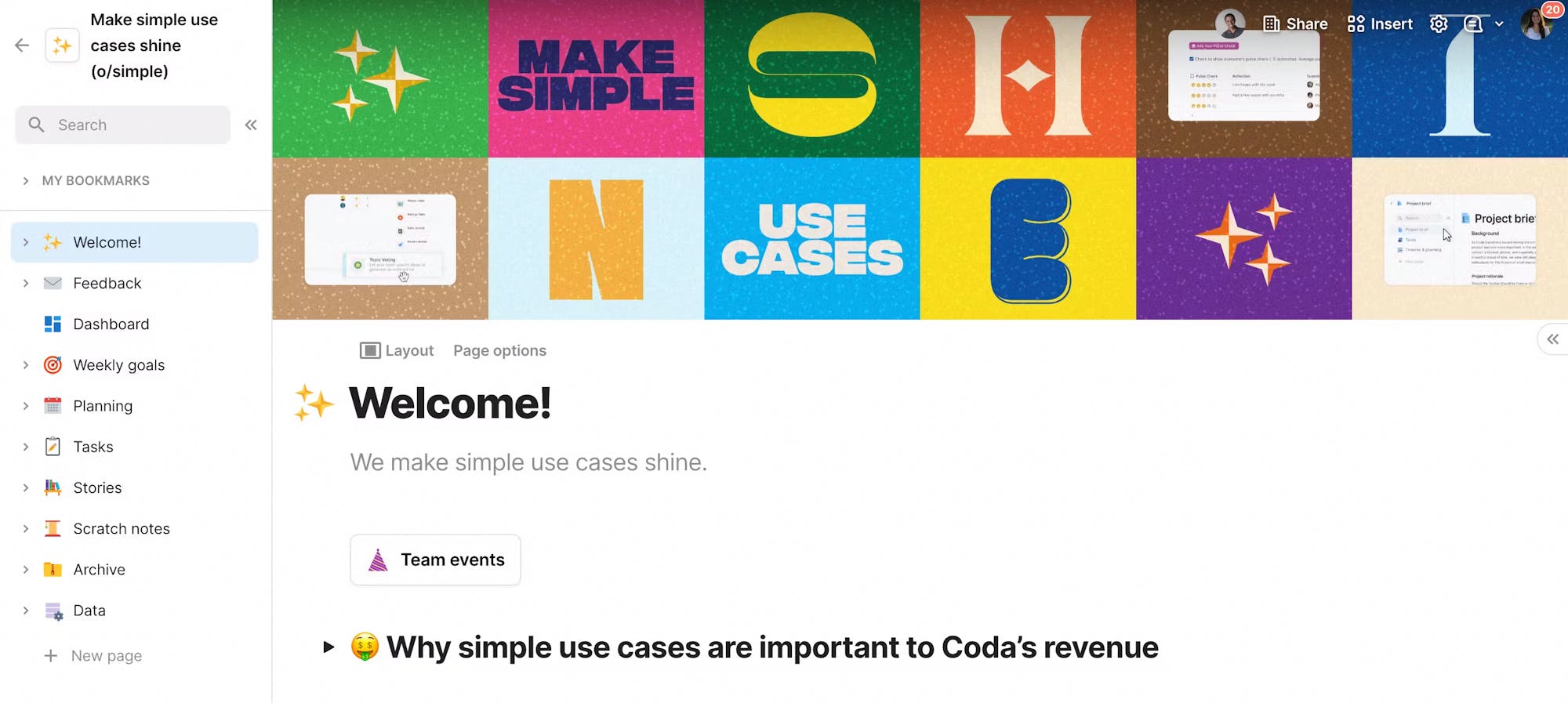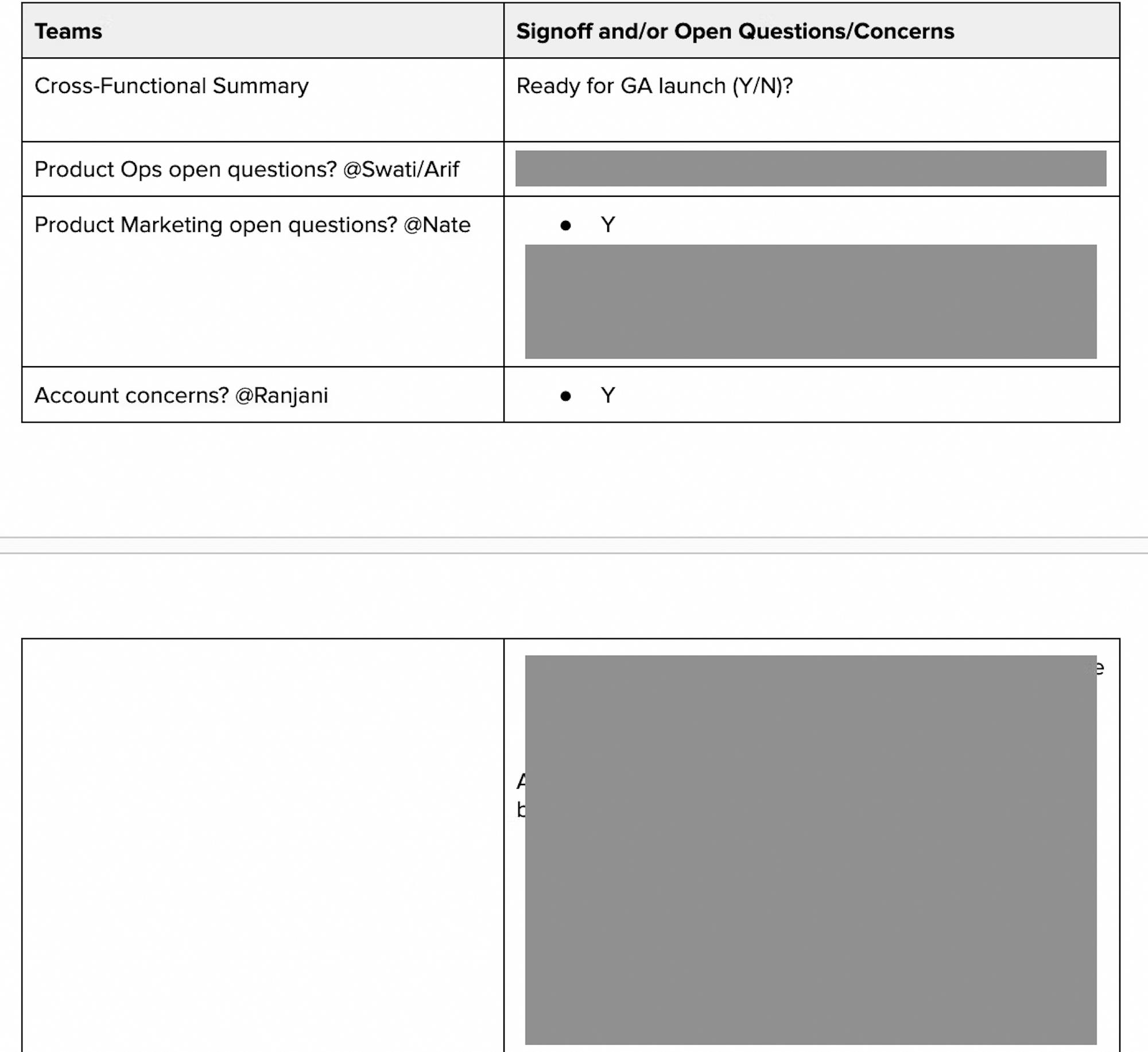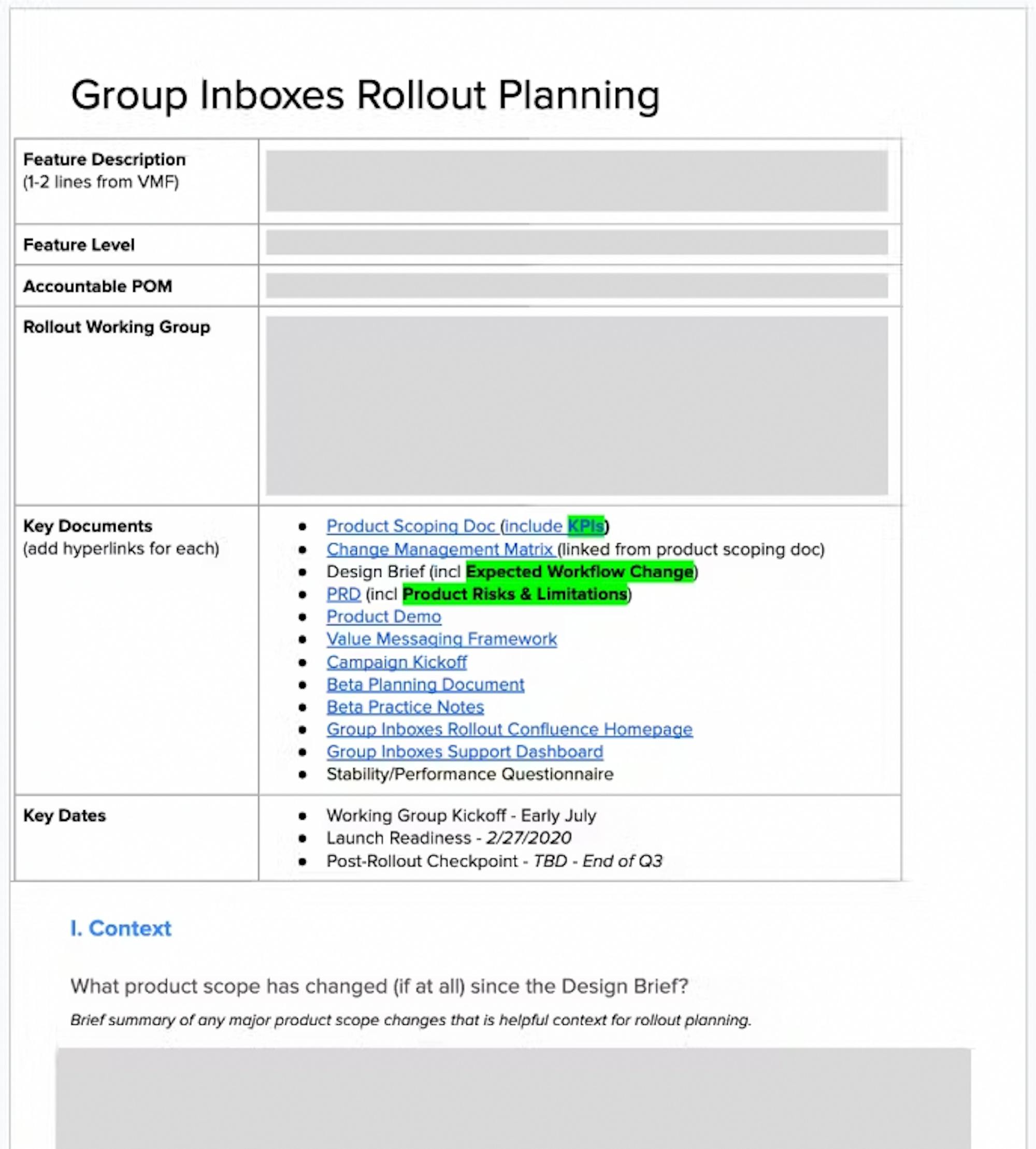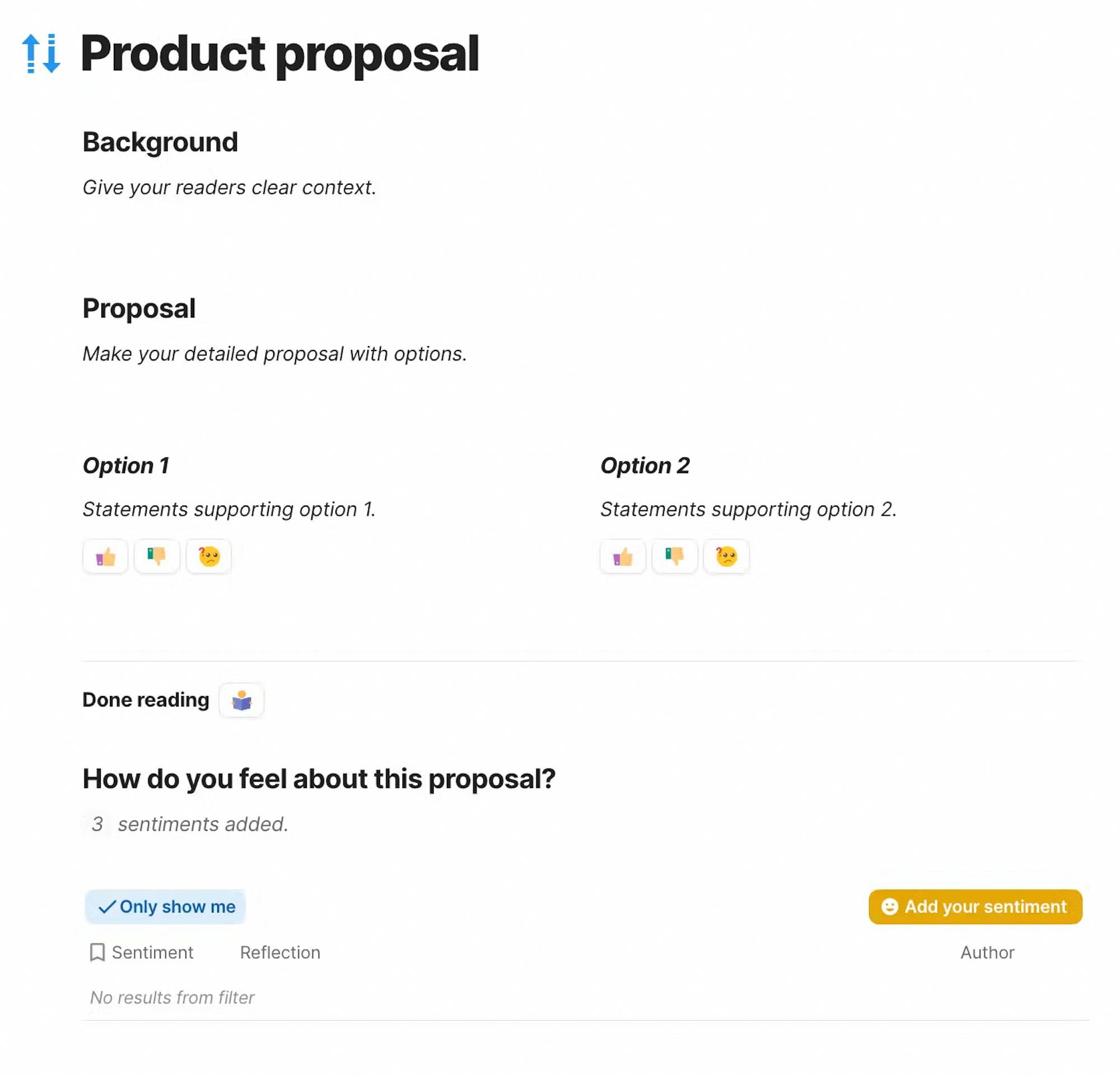3 reasons why Google Docs is the wrong tool for PMs
Managing my PM work with Google Docs was a huge mistake. Here’s how you can avoid doing the same.


Terese de Figueiredo
Product Manager at Coda
Two and a half years ago, I joined Coda as a PM inspired by the company’s value of “anyone can be a maker.” I was excited by the idea of being free of the constraints of Google Docs that I had experienced in previous jobs, and of being able to customize a tool to fit my own workflows. I can’t imagine going back to Google Docs to manage my product area—because Google Docs is the absolute wrong tool for PMs to work in. Here are three reasons why, plus a look at how Coda has helped me focus on what matters and gain a much tighter feedback loop with my stakeholders.
1. The constant need to search Google Docs for relevant info is a waste of time.
A Product Requirements Document (PRD) is crucial for successful product development. As a blueprint that outlines the requirements, features, and functionality of a product, a PRD provides a detailed description of what the product should achieve, its target audience, and the problem it aims to solve. It also serves as a communication tool between various stakeholders to ensure everyone is aligned on the product vision and goals. Unsurprisingly, as a PM, I spend a lot of my working time on Product Requirements Documents. At my last jobs, it felt like I spent equal time writing PRDs and copying and pasting links into the them. Whether it was a link to a Google Sheet that has the rollout timeline, a dashboard with metrics, Jira ticket links, or other Google Docs, I spent so much time making sure my stakeholders could easily find all relevant information. But having to search Google Drive for the right Google Doc constantly got in my way—wasting not only my time but that of my stakeholders.
At my last job, we would list all relevant documents in one table at the top of our PRD

2. Making meaningful decisions in comment threads is impossible.
At my last job, we had a table at the end of every brief where leadership would sign off and leave feedback. The leads had to manually time stamp when they had signed off, and I had to manually follow up to ask for feedback if they forgot. What was already a challenging task was made more difficult by there being no easy way to aggregate the feedback, and most discussions happened within comment threads.
Example signoff table from my last job

3. Google Doc formatting issues distract you from communicating clearly.
At my previous jobs, so much time was spent on styling Google Docs. I’d constantly adjust my margins and make other layout tweaks so I could fit all the information into the tables. I’d change to our company font and spend time adjusting the headers to look just right. Once it looked good, someone would paste in content from another doc with strange formatting. Then I’d start the styling cycle over—all in the name of presentation.
A PRD from my previous job

A starting template for my PRDs in Coda
Focus on what matters with Coda.
Making the jump to Coda from Google Docs has been nothing short of transformative for managing my work. The ability to continuously learn and refine my skills while leveraging Coda’s powerful features has enabled me to streamline my workflow and create compelling PRDs. Gone are the days of static, one-dimensional documents that fail to inspire meaningful feedback discussions. With Coda, I have discovered a tool that not only saves me precious time but also empowers me to craft engaging PRDs that spark valuable conversations with stakeholders. Coda's Gallery is full of free PRD templates and other resources for product managers. I recommend taking a look and giving one of the templates a try.Related posts
Explore more stories about product teams.












